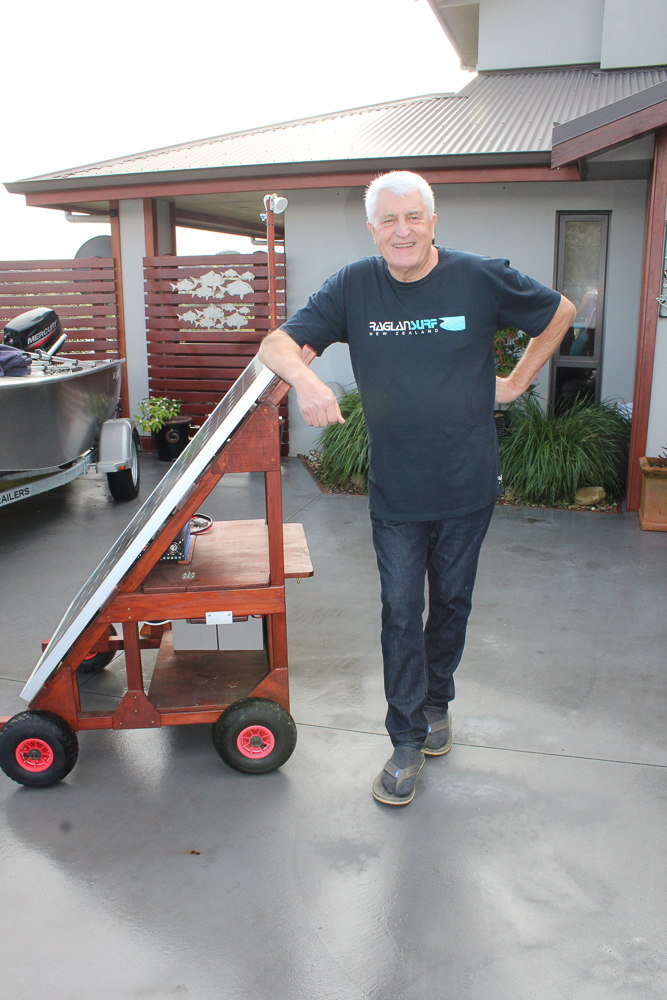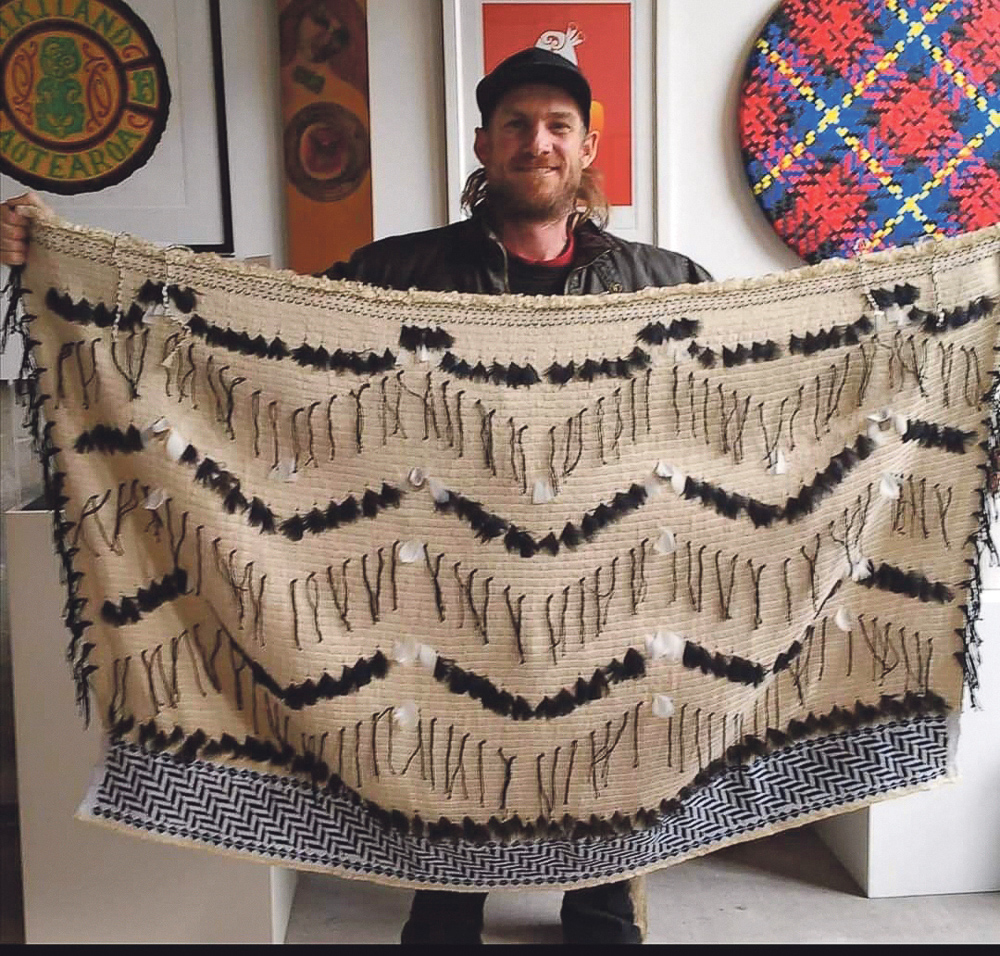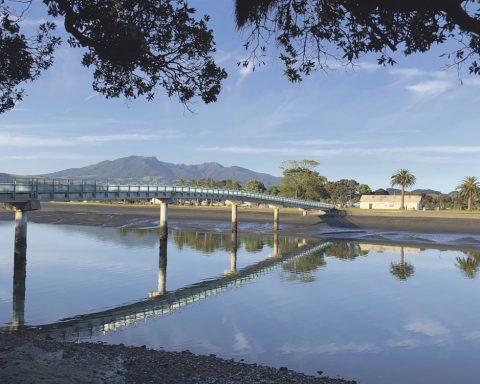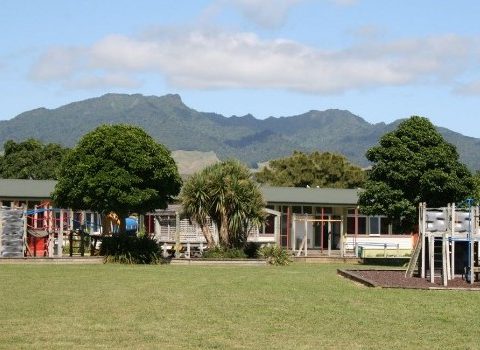When the power was off for several days recently, retired electrical engineer Mark Burmister was able to share some of the excess electricity from his home-built solar system.
With “power to spare, power to share”, he distributed his hand-made solar lamps to provide light for his neighbours.
“When we had that power outage I looked out at the homes with (commercial) solar installations and they were sitting in the dark. And here’s me with my little system that cost six and a half grand and took me six and a half years to build, and we had power,” he says.
While there’s a bit of number eight wire ingenuity in what Mark has built, this is a sophisticated set-up that can run most of his appliances, including his TV, freezer and refrigerator, washing machine and dryer.
Most solar systems on the market are either ‘grid connected’, with excess electricity getting sent back to the grid, or off-grid, which requires heavy duty batteries to store the excess power.
The batteries are expensive, and going off-grid doubles the cost of your set-up.
Mark’s solution is simple; by having a number of repurposed electric bike and power tool batteries he’s able to keep set-up costs low. And over the years, with the money he has saved on power, Mark has been able to grow his system.
“When I went on my solar power journey, I discovered there is another alternative that is highly cost effective, highly efficient, and highly doable,” he says.
Mark has thought of every possible way to maximise the power of the sun; because he has solar panels on hand-built trolleys, he can move them to follow the sun. When they are on his driveway, they are getting extra energy by the sun’s rays bouncing off the concrete onto the panels.
“It’s like putting a magnifying glass in front of it and the performance is colossal.”
The trolley also acts as a bench for operating his various cooking appliances, such as a multi-cooker, bread maker, kettle, toasted sandwich maker, and steamer.
He also has fixed panels located around his property to maximise the sun, that are easily accessible for repairs and cleaning (no climbing on the roof for Mark).
Mark has worked out he’s saving about $2500 per year, and he reckons that money is better in his back pocket than sitting on some power company bottom line.
Happy with the performance and cost savings of his home solar power system, Mark is now ready to share his knowledge with others.
“I made the decision that I don’t want to make any money out of it. When I retired, I put my efforts into developing this system and I want to make it freely available for others. I will teach others how to build it and I will train people to be able to teach others.”
To find out how to build a home solar system contact marktheelectrician@icloud.com.
By Janine Jackson











